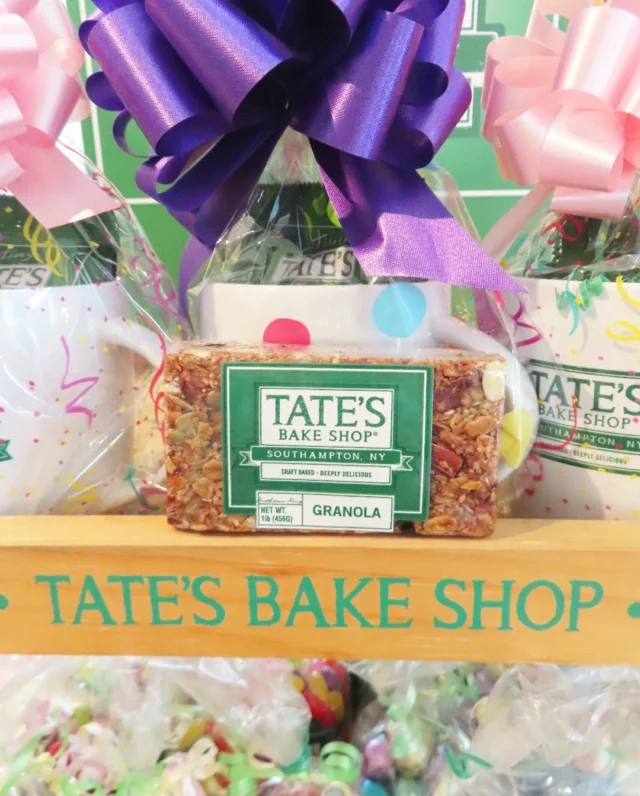Blue is the most unusual color in the plant world, and one to be treasured. Blue flowers and foliage bring special qualities to the garden. Cool colors like blue, green, purple and violet are calming and restful. Blue appears to recede in space, and creates a feeling of serenity and peace. This color of the sea and the sky calms us and makes us feel cool. Planting blue and purple flowers in the back of a garden can make the garden appear larger and deeper than it actually is. A garden of blues and purples seems somehow cool, even in hot sun. Deep blues and purples bring a hint of mystery, too, like the sky at twilight or the depths of a still pool. Blue flowers, and blue and blue-gray foliage, can create the feeling of an island of tranquility, especially around a small pool or fountain, or in a seating area. Cool pink flowers are lovely with blues and purples in the garden, especially when accompanied by silvery foliage; when the colors are pastels the effect can be soft and misty. And flowers aren’t the only source of blues for the garden – it can come from foliage, too. There are hostas with blue-green and bluish silver leaves that can add form and volume to gardens where deer are excluded. Whether you are growing your flowers in the garden or in pots and tubs on a deck or patio, you can combine colors in the way that suits your disposition, and/or that harmonizes or accents the color of your house.
To create a garden built around blue, it’s helpful to plan your color scheme in advance of heading to the local nursery or garden center, or visiting an online catalog. There are many ways to include blue in your garden. If you’d like a harmonious feeling, combine blue flowers and/or foliage with shades of pink, from soft pastels to richer rosy tones. Add some purple. Mixing in some silver foliage will pull the colors together for a pleasant, quiet harmony. Blue and peach or salmon is another lovely combination; add a shot of yellow for a sunnier effect. For a color contrast, you can mix blue and yellow flowers, or blue and orange. For a more classic look, blue and white can create a formal, quiet feeling. To soften it, mix in some creamy ivory tones. Or go patriotic with red, white and blue flowers.
Here are some terrific blue plants to consider adding to your in-ground or container landscape this year.
Hydrangeas – In summer blue hydrangeas are everywhere, echoing the color of the summer sky. Classic varieties need to be pruned, if needed, shortly after the plants finish blooming. Newer varieties will produce flowers no matter when you prune them.
Scilla siberica, Siberian squills – These are small bulbs planted in fall. Among the earliest flowers to bloom in spring – along with crocuses – these little charmers burst forth with true blue flowers while most of the garden is still asleep. Plant lots of them. Deer don’t bother them.
Bachelor’s button – These old fashioned annual flowers are planted from seed in spring and bloom for a long time in summer, producing lots of ethereal blue flowers.
Ceratostigma – Also known as plumbago or leadwort, these low-growing perennials are quiet front-of-the border plants most of the season, then burst forth with flowers of brilliant electric blue in late summer and fall.
Johnson’s Blue hardy geranium – Not to be confused with the geraniums that are everywhere in summer pots, this is perennial relative sends out blue blossoms in spring and summer. A lovely addition to partly shady gardens.
Heavenly Blue morning glory – One of my favorite plants in the world, this carefree vine needs a place to climb. Its summer flowers truly justify its name. They keep on coming until the weather gets too cool in fall.
Salvia – Salvias come in a range of colors, but my favorite is the annual mealycup sage, Salvia farinacea. Like other salvias, its tiny flowers are gathered into vertical spikes. Many salvias are purple or violet, but this one is real blue. If you can find it, grow it!
Hostas – If you can keep the deer out of your garden, you can enjoy hostas. Their foliage adds form and texture to the shade garden, and they bloom, too. Seek out the bluer varieties to add a cool note to your garden.








![Join us May 6th at The Harmonie Club for the Spring Salon Luncheon, a beautiful gathering in support of a truly meaningful cause. Together, we’ll raise critical funds and awareness for @campgoodgriefeeh—@eastendhospice’s summer bereavement camp helping children and teens navigate loss with compassion, connection, and healing. [link in bio]](https://hamptonsrealestateshowcase.com/wp-content/uploads/sb-instagram-feed-images/491527001_18506092897030135_3117653411609489602_nfull.webp)
![Welcome to this exquisite custom-built home in the prestigious Quogue South estate section, just moments from Dune Road and some of the world’s most breathtaking ocean beaches. Completed in 2024, this expansive shingle-style residence offers 6 beds, 7 full and 2 half baths, a separate legal guest cottage, heated gunite saltwater pool with spa, all set on a beautifully manicured 0.74± acre lot. Represented by @lauren.b.ehlers of @brownharrisstevens. [link in bio]](https://hamptonsrealestateshowcase.com/wp-content/uploads/sb-instagram-feed-images/491516869_18505931593030135_4655757731678000577_nfull.webp)
![Discover 11 Oyster Shores, a unique marriage of thoughtful design, uncompromised execution and meticulous craftsmanship expressed across nearly 6,000± sq. ft. of highly curated living space. Brought to life under the watchful eye of Blake Watkins, the visionary behind WDD, the project is a refreshing departure from the ordinary. Represented by @nobleblack1 of @douglaselliman. [link in bio]](https://hamptonsrealestateshowcase.com/wp-content/uploads/sb-instagram-feed-images/491440257_18505740808030135_9064730571228880657_nfull.webp)
![Reserve your ad space now in the Memorial Day “Summer Kick-Off” Issue of #HRES! 🍋 Be seen by high-end buyers and sellers across the Hamptons, Manhattan, and South Florida—just in time for the start of the season. Secure your spot today and make waves this summer 🌊☀️ [link in bio]](https://hamptonsrealestateshowcase.com/wp-content/uploads/sb-instagram-feed-images/491441694_18505573426030135_4475989184561040528_nfull.webp)

![Tuesday, April 15, was Tax Day for most, but for someone in Palm Beach, it was closing day! The nearly 8,00± sq. ft. Mediterranean-style residence at 240 N Ocean Boulevard, with direct ocean views and a private, 100-foot beach parcel, closed at exactly $26,670,750. The seller was represented by Jack Rooney of @douglaselliman and Elizabeth DeWoody of @compass while Dana Koch of @thecorcorangroup brought the buyer. [link in bio]](https://hamptonsrealestateshowcase.com/wp-content/uploads/sb-instagram-feed-images/491445351_18505056166030135_4907944420436119099_nfull.webp)
![Previously featured on our 2024 Columbus Day issue cover, 74 Meeting House Road has officially sold! This stunning new construction in Westhampton Beach offers the perfect blend of thoughtful design and timeless style. Congratulations to @kimberlycammarata of @douglaselliman who held the listing! [link in bio]](https://hamptonsrealestateshowcase.com/wp-content/uploads/sb-instagram-feed-images/491441951_18504901357030135_2664904795600183799_nfull.webp)
![Located South of the highway in Southampton this 4 bedroom, 5.5 bath multi-story property, offers extensive exterior architectural detail throughout. 60 Middle Pond Road offers breathtaking views and tranquil living, nestled along the serene shores of Middle Pond and Shinnecock bay. Represented by @terrythompsonrealtor @douglaselliman. [link in bio]](https://hamptonsrealestateshowcase.com/wp-content/uploads/sb-instagram-feed-images/491451873_18504686110030135_5284427082339135969_nfull.webp)
